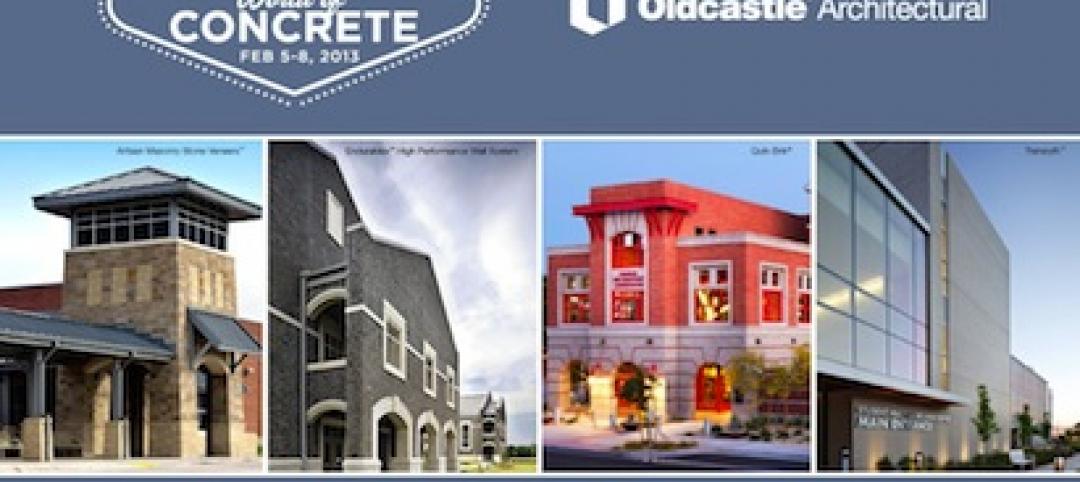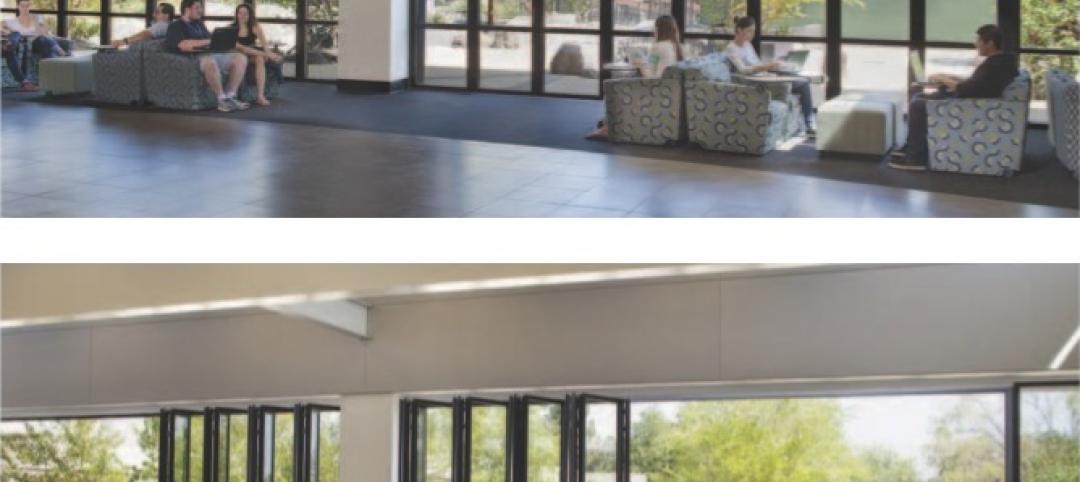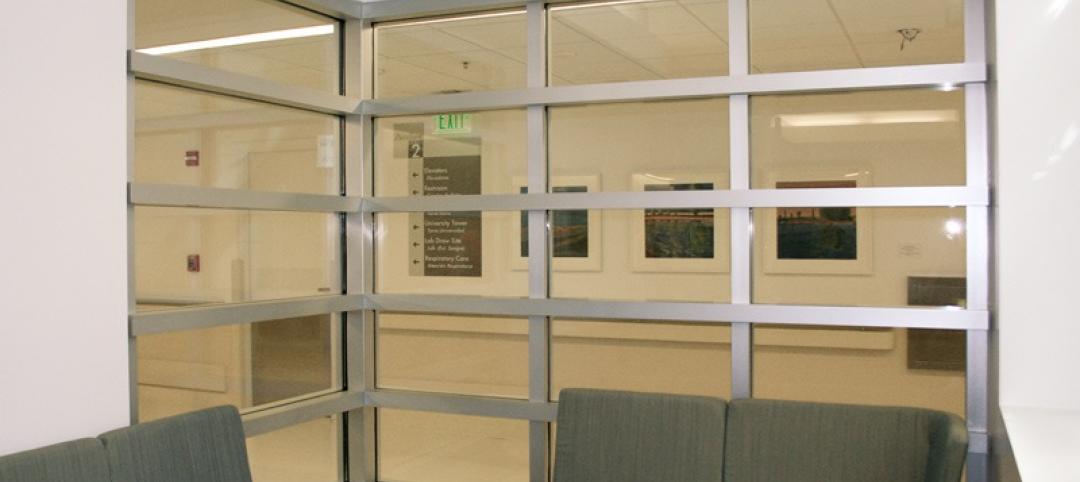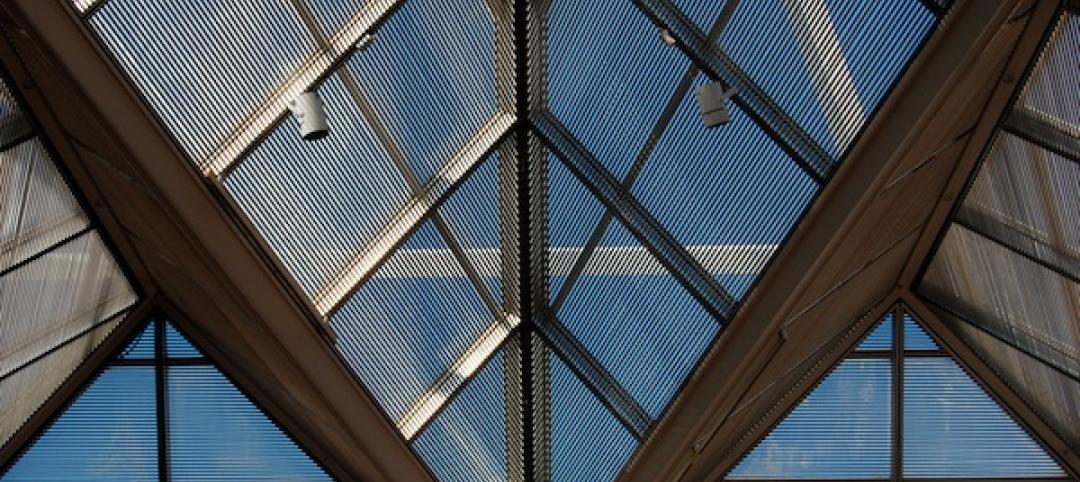Schaumburg, Ill. -- As tornado season escalates and increased tornado activity has devastated parts of the Midwest and the South during the past few weeks, the American Architectural Manufacturers Association (AAMA) has released a voluntary specification for testing and rating building components that will be exposed to tornados and similar extreme wind and rain conditions.
AAMA 512-11, Voluntary Specifications for Tornado Hazard Mitigating Fenestration Products, uses existing test methods and other procedures to qualify windows and other glazed fenestration products for tornado hazard mitigation. The newly released document provides a system for rating the ability of windows to withstand impact, pressure cycling and water penetration, which are generally associated with tornado conditions.
AAMA 512 is a voluntary specification that was developed by the AAMA Tornado Hazard Mitigation Task Group and is recommended for buildings heavily affected by tornados.
“The National Climatic Data Center estimates that a series of tornados in the Southeast and Ohio Valley in February 2008 caused $1 billion in damages,” says Gantt Miller (Winco Manufacturing) who chaired the Task Group that created the Specification. “In creating this specification, the intent is that injury, loss of life and damages resulting from tornados and severe weather can be prevented or greatly lessened.”
The specification outlines that different levels of protection apply to different buildings such as, but not limited to, hospital emergency rooms, community shelters, and police/fire headquarters. These levels of protection are specified based on requirements of the authority having jurisdiction, and each level corresponds to different testing requirements. The level of testing required for each of these types of facilities also depends on the FEMA performance zone where the building is located, as the weather conditions and likelihood of a tornado varies depending on the part of the country.
The Testing and Performance Requirements section of the specification outlines the necessary test conditions for adhering to AAMA 512. According to the specification, test specimens should be tested for anchorage, missile impact, water testing and cycling (for windows used in hurricane-prone zones only).
AAMA 512-11, Voluntary Specifications for Tornado Hazard Mitigating Fenestration Products is available to AAMA members at a cost of $15 for download, $30 for a paper copy and $35 for a CD. Non-members may purchase the document at a cost of $45 for download, $90 for a paper copy and $96 for a CD. To order AAMA 512-11, visit the AAMA Online Publication Store. AAMA 512-11 is also available to AAMA Category 1 members through the Publication Licensing Program.
Related Stories
| Apr 30, 2013
Tips for designing with fire rated glass - AIA/CES course
Kate Steel of Steel Consulting Services offers tips and advice for choosing the correct code-compliant glazing product for every fire-rated application. This BD+C University class is worth 1.0 AIA LU/HSW.
| Apr 10, 2013
23 things you need to know about charter schools
Charter schools are growing like Topsy. But don’t jump on board unless you know what you’re getting into.
| Apr 8, 2013
Oldcastle Architectural acquires Expocrete Concrete Products
Oldcastle® Architectural has acquired Expocrete Concrete Products Ltd., giving North America’s largest producer of concrete masonry and hardscape products an increased presence in the high-growth region of western Canada.
| Mar 27, 2013
Small but mighty: Berkeley public library’s net-zero gem
The Building Team for Berkeley, Calif.’s new 9,500-sf West Branch library aims to achieve net-zero—and possibly net-positive—energy performance with the help of clever passive design techniques.
| Mar 23, 2013
Fire resistive curtain wall helps mixed-use residential building meet property line requirements
The majority of fire rated glazing applications occur inside the building in order to allow occupants to exit the building safely or provide an area of refuge during a fire. But what happens when the threat of fire comes from the outside? This was the case for The Kensington, a mixed-use residential building in Boston.
| Mar 20, 2013
Folding glass walls revitalize student center
Single-glazed storefronts in the student center at California’s West Valley College were replaced with aluminum-framed, thermally broken windows from NanaWall in a bronze finish that emulates the look of the original building.
| Mar 14, 2013
PPG appoints Bryan Iams vice president, corporate communications and marketing
PPG Industries announced that Bryan Iams has been named vice president, corporate communications and marketing, effective Oct. 1. Iams will report to J. Rich Alexander, executive vice president.
| Mar 6, 2013
Safti First's two-hour fire rated GPX Framing achieves Level 8 Ballistic Rating
Safti First announced that in addition to meeting ASTM E-119/NFPA 251/UL263 with hose stream for up to 2 hours, the SAFTIfire GPX Framing now has a Level 8 Ballistic Rating per UL 752 Standard for Bullet Resistant Materials.
| Feb 14, 2013
Guardian DiamondGuard installed in the Empire State Building
Guardian Industries DiamondGuard glass was recently installed on the 102nd story of the Empire State Building in New York City as part of an extensive renovation to update this venerable landmark.
| Feb 8, 2013
AAMA and WDMA release updated industry review, trends forecast
Windows and doors report predicts slow growth in commercial construction; analyzes historic data from 2006-11 and forecast data through 2015.















